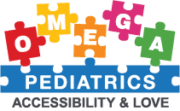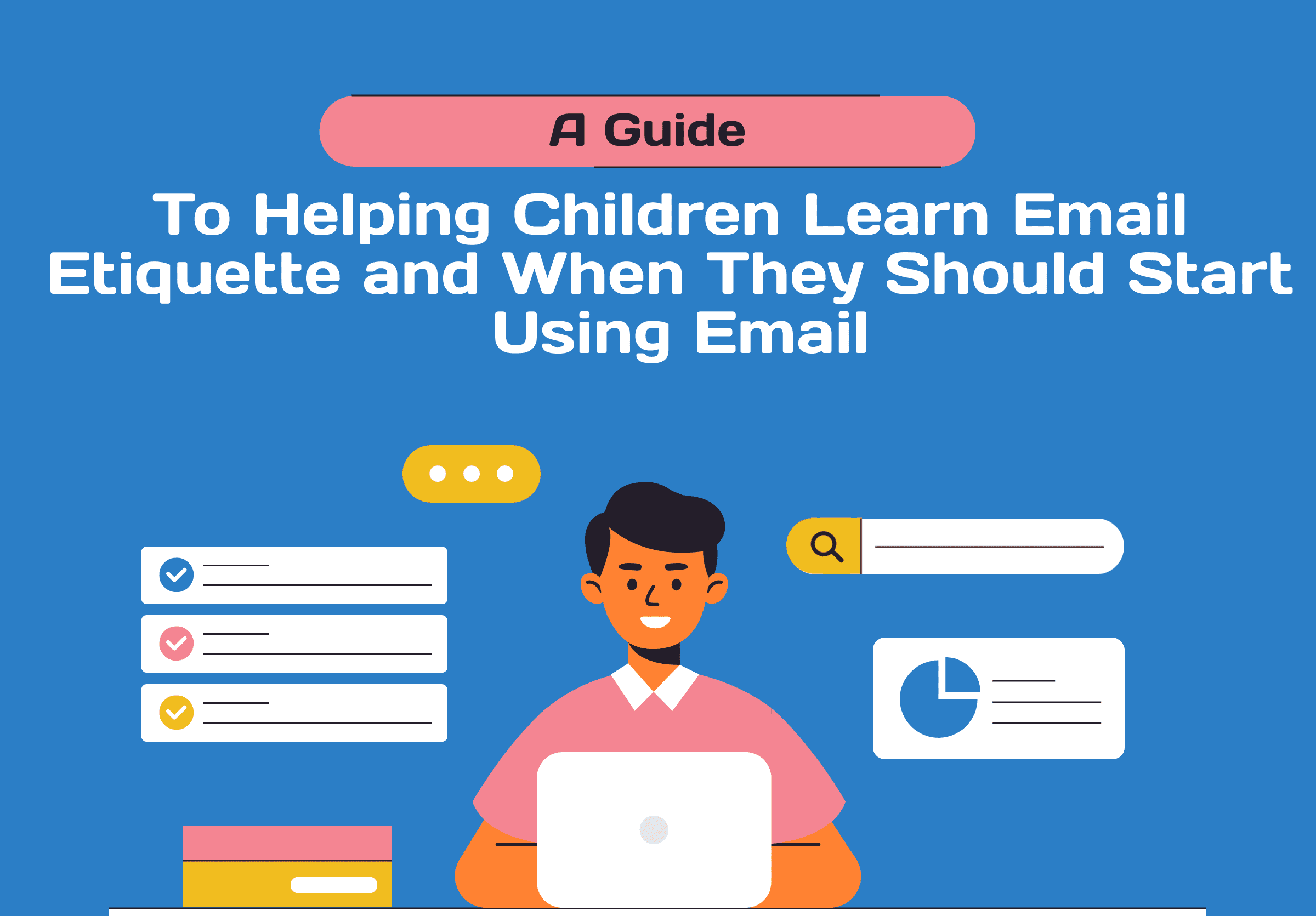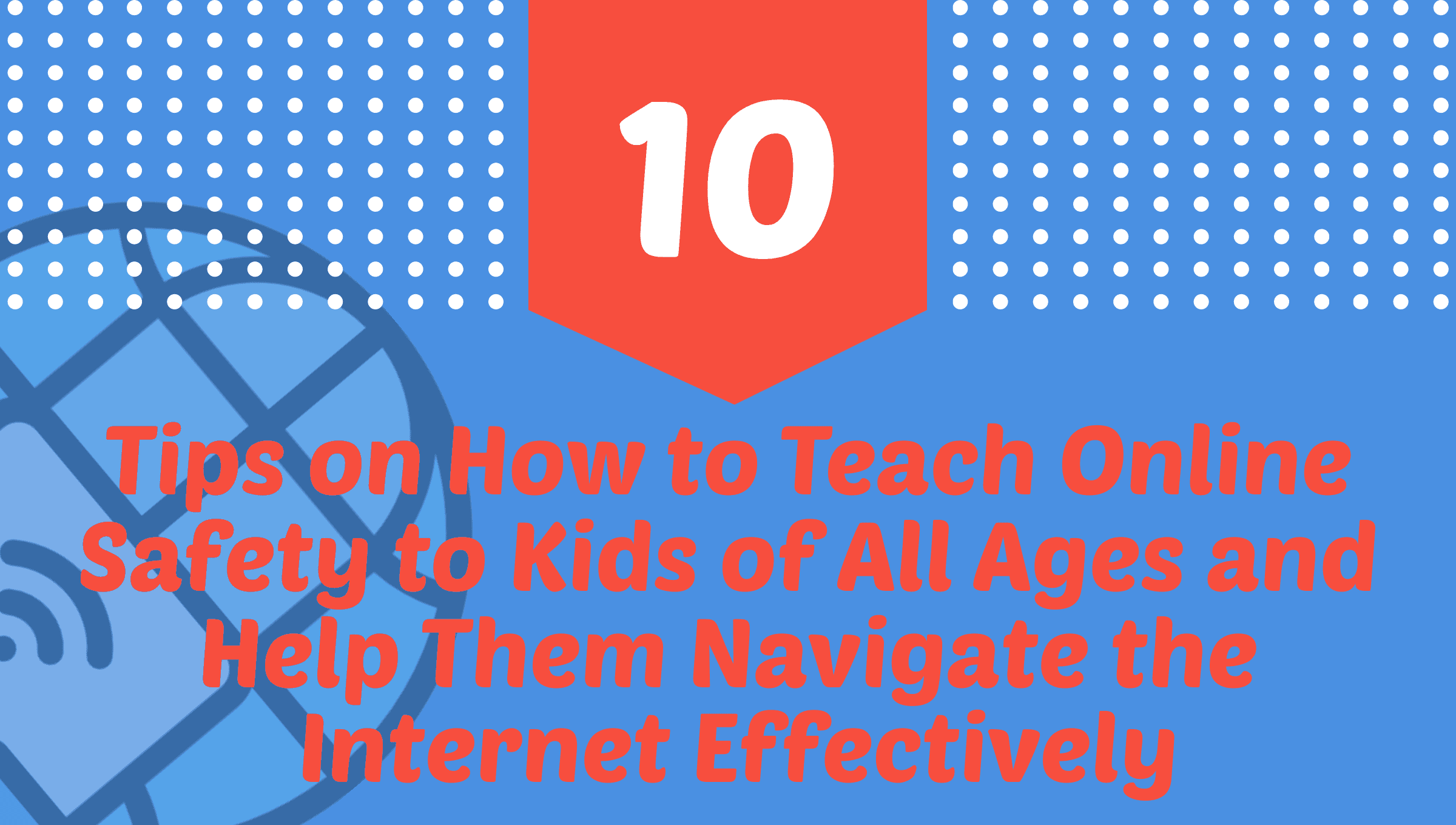
Poverty has a profound impact on the health and well-being of children, and it remains a pressing issue in the United States. Here is an in-depth look at the prevalence of child poverty and the various ways it affects their health:
- The prevalence of child poverty: According to a study by the Annie E. Casey Foundation, approximately 1 in 5 children in the United States, totaling 14 million children, live in poverty. This alarming statistic highlights the widespread impact of poverty on children’s lives.
- Extreme poverty: Within the population of children living in poverty, a significant number also experience extreme poverty. This means that 1 in 5 children is living in extreme poverty, facing even greater challenges in meeting their basic needs.
The impact of poverty on child health:
- Increased risk of chronic conditions: Children living in poverty are more likely to develop chronic health conditions, including obesity, diabetes, asthma, and other respiratory illnesses. Limited access to nutritious food, physical activity opportunities, and healthcare services contribute to these health disparities.
- Limited access to healthcare services: Children living in poverty often lack access to vital healthcare services, including preventive care, regular check-ups, vaccinations, and dental care. Without proper healthcare, their health issues may worsen and go untreated, leading to long-term consequences.
- Food insecurity and malnutrition: Poverty can lead to food insecurity, where children and their families do not have consistent access to nutritious and adequate food. This can result in malnutrition, inadequate growth, compromised immune systems, and various other health problems.
- Unsafe housing and environmental hazards: Many children living in poverty face housing instability or live in unsafe and overcrowded conditions. Exposure to environmental hazards, such as lead paint or toxic mold, can lead to respiratory issues, developmental delays, and other health problems.
- Limited access to education and employment: Poverty can create barriers to education and employment opportunities for children and their families. Limited access to quality education, extracurricular activities, and resources hinders their development, perpetuating the cycle of poverty and impacting their overall well-being.
- Mental health challenges: Children living in poverty are more likely to experience stress, anxiety, and depression due to the daily hardships they face. The cumulative effects of poverty can take a toll on their mental well-being and impede their ability to thrive academically and socially.
- Exposure to trauma: Poverty often exposes children to traumatic experiences, such as violence or unsafe housing conditions. This exposure can have long-lasting effects on their mental health, leading to post-traumatic stress disorder (PTSD), anxiety disorders, and other psychological challenges.
Addressing child poverty and its impact on health:
Addressing child poverty requires comprehensive strategies that address the underlying systemic issues contributing to poverty. Key approaches include:
- Economic support: Providing financial assistance and access to quality job opportunities for families living in poverty to help lift them out of poverty and improve overall well-being.
- Access to healthcare: Ensuring affordable and accessible healthcare services, including preventive care, mental health services, and comprehensive health coverage, for children in poverty.
- Nutrition assistance: Expanding programs that provide nutritious meals, such as school breakfast and lunch programs, to alleviate food insecurity and promote healthy eating habits.
- Affordable housing initiatives: Implementing policies and programs to ensure access to safe, affordable, and stable housing for families and children.
- Education and skill-building opportunities: Providing access to quality education, vocational training, and extracurricular activities that promote academic success and skill development, breaking the cycle of poverty.
- Mental health support: Increasing access to mental health services and resources for children and families affected by poverty, addressing the unique challenges they face and promoting resilience.
By addressing child poverty comprehensively and implementing targeted interventions, we can improve the health and well-being of children, break the cycle of poverty, and create a more equitable and prosperous society for all.
The Role of Community Engagement in Combating Child Poverty
Child poverty is a pervasive issue with far-reaching consequences, particularly on the health of young individuals. However, the fight against child poverty extends beyond policy changes and governmental interventions. Community engagement plays a pivotal role in creating lasting solutions that address the root causes of poverty and foster an environment where children can thrive.
Building Strong Community Networks
One of the first steps in combatting child poverty is to strengthen community networks. Local communities often have unique insights into the challenges faced by families living in poverty. By fostering collaboration between community members, organizations, and local authorities, we can create a more holistic approach to address the multifaceted issues associated with child poverty.
Empowering Families Through Education and Resources
Education is a powerful tool in breaking the cycle of poverty. Community-led initiatives can focus on providing resources and educational opportunities for families, equipping parents with the knowledge and skills needed to support their children’s development. Workshops, mentorship programs, and community centers can serve as valuable hubs for education and resource dissemination.
Bridging Gaps in Healthcare Access
Access to healthcare is a fundamental right, yet many children living in poverty face barriers to essential medical services. Community-driven healthcare initiatives can bridge these gaps by organizing mobile clinics, partnering with local healthcare providers, and raising awareness about available resources. By making healthcare more accessible, communities can significantly improve the health outcomes of children in need.
Promoting Sustainable Nutrition Programs
Food insecurity is a prevalent issue among families in poverty, leading to malnutrition and a host of health problems for children. Community gardens, food banks, and nutrition education programs can be implemented to address this challenge. By promoting sustainable and community-based approaches to nutrition, we can ensure that children receive the nourishment they need for healthy growth and development.
Collaborative Efforts for Safe Housing
Unsafe and unstable housing conditions contribute to the health risks associated with child poverty. Community-led initiatives can advocate for affordable housing policies, collaborate with local authorities to improve housing standards, and provide support for families facing housing instability. Through collaborative efforts, communities can create safe and stable living environments for children.
Mentoring Programs for Mental Health Support
The mental health challenges faced by children living in poverty necessitate community-driven mental health support programs. Mentorship initiatives, counseling services, and community support groups can provide a crucial lifeline for children dealing with stress, anxiety, and trauma. By fostering a sense of community and belonging, these programs contribute to the overall well-being of children facing adversity.
Cultivating a Future of Opportunity
Breaking the cycle of child poverty requires a collective effort that goes beyond traditional interventions. Communities can serve as catalysts for change by actively engaging in initiatives that empower families, enhance educational opportunities, improve healthcare access, and create a supportive environment for children to thrive.
Investing in Youth Development Programs
Youth development programs can play a crucial role in providing children with the skills and resources needed to overcome the challenges of poverty. By investing in extracurricular activities, mentorship programs, and skill-building workshops, communities can empower children to envision a future beyond the constraints of poverty.
Advocacy for Systemic Change
Community engagement should not stop at addressing immediate needs; it should extend to advocating for systemic change. Communities can become powerful advocates for policies that tackle the root causes of poverty, promoting economic equality, access to education, and healthcare for all. By actively participating in advocacy efforts, communities can contribute to shaping a more just and equitable society.
Fostering Resilient Communities: A Pathway to Sustainable Change
As communities continue to play a pivotal role in combating child poverty, the emphasis on fostering resilience becomes paramount. Resilient communities are those that not only respond to the immediate needs of children in poverty but also work tirelessly to address the root causes, creating sustainable solutions that endure beyond short-term interventions.
Strengthening Social Capital
Social capital, the networks and relationships within a community, is a valuable resource in the fight against child poverty. By fostering strong social connections, communities can create a supportive environment where families can share resources, experiences, and knowledge. This interconnectedness forms a safety net for children, providing them with a sense of belonging and reducing the isolation often associated with poverty.
Embracing Diversity and Inclusivity
Communities thrive when they embrace diversity and inclusivity. Recognizing and valuing the unique contributions of each member, regardless of their socio-economic background, fosters a sense of unity. Inclusive communities are better equipped to address the diverse needs of children in poverty, ensuring that interventions are tailored to the specific challenges faced by different families.
Sustaining Educational Initiatives
Education remains a cornerstone in breaking the cycle of poverty. Communities committed to sustaining educational initiatives provide a pathway for children to escape the limitations imposed by economic hardships. From after-school programs to scholarship opportunities, these initiatives empower children to envision a future beyond the constraints of poverty, fostering a culture that values lifelong learning.
Building Collaborative Partnerships
The collaborative efforts of community members, local organizations, and government entities create a powerful synergy in the fight against child poverty. Building and maintaining these partnerships amplify the impact of interventions, ensuring a comprehensive and coordinated approach. When diverse stakeholders join forces, they can tackle the multifaceted challenges of poverty more effectively.
Conclusion: A Collective Call to Action
In conclusion, addressing child poverty demands a collective call to action. While policy changes and governmental programs are crucial, the strength of communities lies in their ability to effect change from the ground up. By embracing inclusivity, building social capital, sustaining educational initiatives, and forming collaborative partnerships, communities can create a resilient foundation that withstands the challenges of poverty.
As we look towards the future, envisioning a society where no child is hindered by the shackles of poverty requires the unwavering commitment of individuals, communities, and societies at large. The fight against child poverty is not only about alleviating immediate hardships but also about cultivating a future where every child has the opportunity to thrive, irrespective of their economic circumstances.
In this collective journey, community engagement becomes a beacon of hope, illuminating the path towards a more equitable and prosperous future for generations to come. The time is now for communities to unite, advocate for change, and champion the cause of breaking the cycle of child poverty—a cause that holds the promise of transforming lives and shaping a brighter tomorrow.



